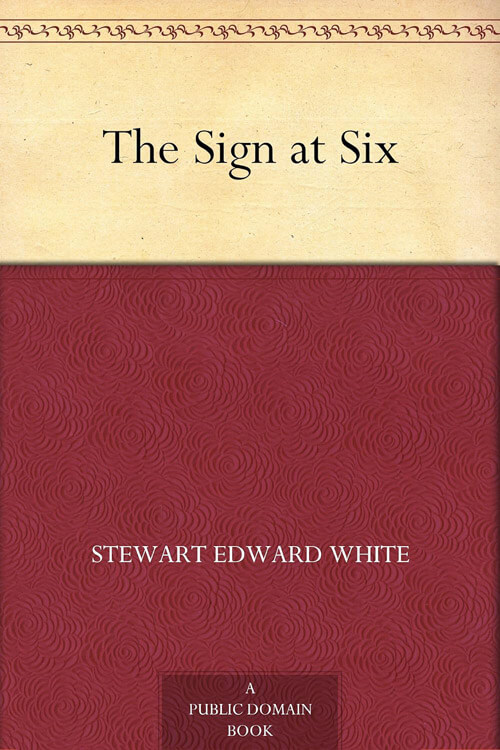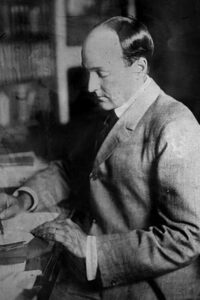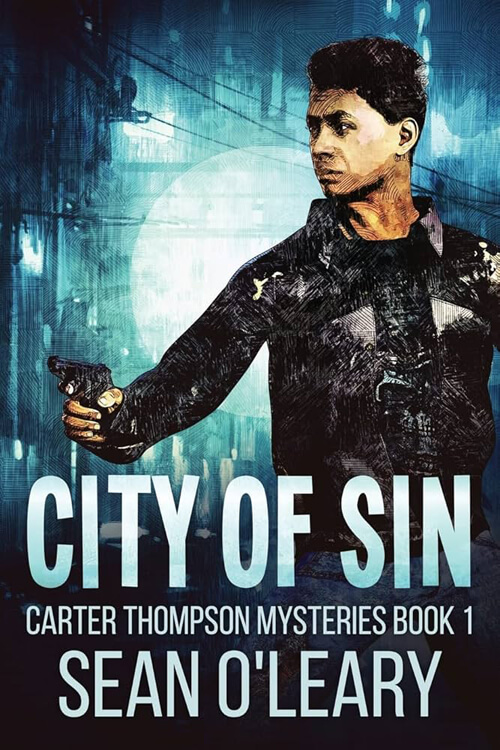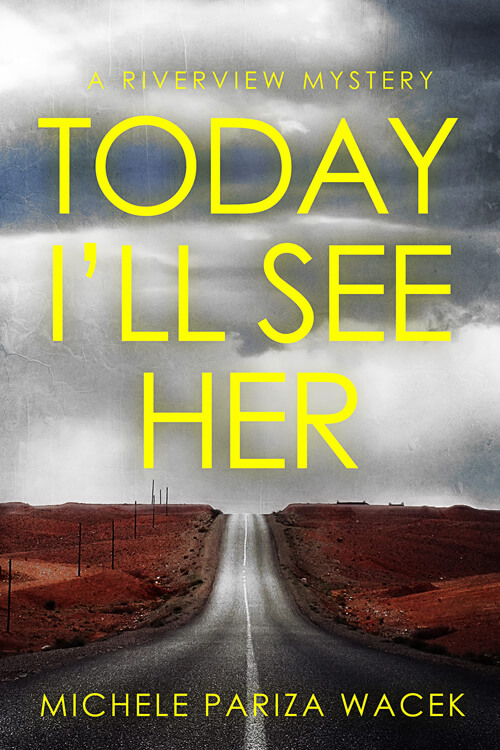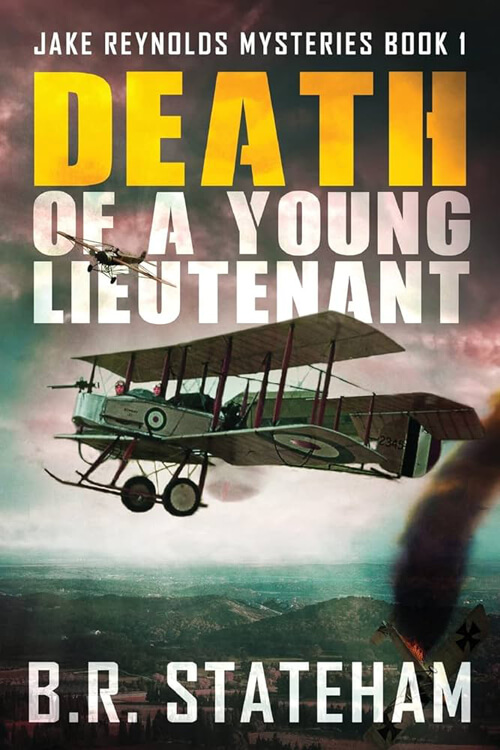
The Sign at Six
Percy Darrow, a young man of scientific training, indolent manners, effeminate appearance, hidden energy, and absolute courage, lounged through the doors of the Atlas Building. Since his rescue from the volcanic island that had witnessed the piratical murder of his old employer, Doctor Schermerhorn, the spectacular dissolution of the murderers, and his imprisonment in a cave beneath the very roar of an eruption, he had been nursing his shattered nerves back to their normal strength. Now he felt that at last, he was able to go to work again.
Therefore, he was about to approach a man of influence among practical scientists, from whom he hoped for further occupation. As the express elevator shot upward, he passed a long slender hand across his eyes. The rapid motion confused him still. The car stopped, and the metallic gates clanged open. Darrow obediently stepped forth. Only when the elevator had disappeared did his upward glance bring to him the knowledge that he had disembarked one floor too soon.
Darrow’s eye fell on a lettered sign outside the nearest door. He smiled a slow red-lipped smile beneath his small silky mustache, drooped his black eyelashes in a flicker of reminiscence, hesitated a moment, then stepped languidly forward and opened the door. The sign indicated the headquarters of the very modest commissionership behind which McCarthy chose to work. McCarthy, quite simply, at that time owned New York.
As Darrow entered, McCarthy hung up the telephone receiver with a smash and sat glaring at the instrument. After a moment he turned his small bright eyes toward the newcomer.
“Hello, Perc,” he growled. “Didn’t see you. Say, I’m so mad my skin cracks. Just now some measly little shrimp called me up from a public booth. What ye suppose he wanted, now? Oh, nothin’! Just told me in so many words to pack up my little trunk and sail for Europe and never come back! That’s all! He gives me until Sunday, too.” McCarthy barked out a short laugh and reached for the cigar box, which he held out to Darrow.
Percy shook his head. “What’s the occasion?” he asked.
“Oh, I don’t know. Just bughouse, I guess.”
“So he wants you to go to Europe?”
Read or download Book
Stewart Edward White
Stewart Edward White (March 12, 1873 – September 18, 1946) was an American writer, novelist, and Spiritualist. He was a brother of noted mural painter Gilbert White.
Personal life
White was born in Grand Rapids, Michigan, the son of Mary E. (Daniell) and Thomas Stewart White, a lumberman. He attended Grand Rapids High School and earned degrees from the University of Michigan (B.A., 1895; M.A., 1903). From about 1900 until about 1922 he wrote fiction and non-fiction about adventure and travel, with an emphasis on natural history and outdoor living. Starting in 1922 he and his wife Elizabeth “Betty” Grant White wrote numerous books, that, according to them, were received through channeling with spirits. They also wrote about their travels around the state of California. White died in Hillsborough, California, on September 18, 1946, at the age of 73.
Writing
White’s books were popular at a time when America was losing its vanishing wilderness. He was a keen observer of the beauties of nature and human nature, yet could render them in a plain-spoken style. Based on his own experience, whether writing camping journals or Westerns, he included pithy and fun details about cabin-building, canoeing, logging, gold-hunting, and guns and fishing and hunting. He also interviewed people who had been involved in the fur trade, the California Gold Rush, and other pioneers which provided him with details that give his novel verisimilitude. He salted in humor and sympathy for colorful characters such as canny Indian guides and “greenhorn” campers who carried too much gear. White also illustrated some of his books with his photographs, while some of his other books were illustrated by artists, such as the American Western painter Fernand Lungren for The Mountains and Camp and Trail. Theodore Roosevelt wrote that White was “the best man with both pistol and rifle whoever shot” at Roosevelt’s rifle range at Sagamore Hill.
The Long Rifle (1930), Folded Hills (1932), Ranchero (1933), and Stampede (1942) constitute The Saga of Andy Burnett, which follows a young Pennsylvania farm boy who escapes his overbearing stepfather by running away to the West with grandmother’s blessing and “The Boone Gun”, the original Kentucky rifle carried by Daniel Boone. He encounters mountain man Joe Crane, who becomes his mentor in the ways of survival in the wild. The remainder of the saga follows Andy as he moves west, ultimately settling in California, which is the setting of the last three books. The series incorporates actual events and characters from the period in the narrative. The four stories were published as a posthumous volume, The Saga of Andy Burnett, in 1947, and were adapted into several episodes of The Wonderful World of Disney during 1957 and 1958, starring Jerome Courtland as Andy Burnett, and Jeff York (Mike Fink) as his friend and mentor Joe Crane. This series was in many ways a follow-up to Disney’s much more successful Davy Crockett.

